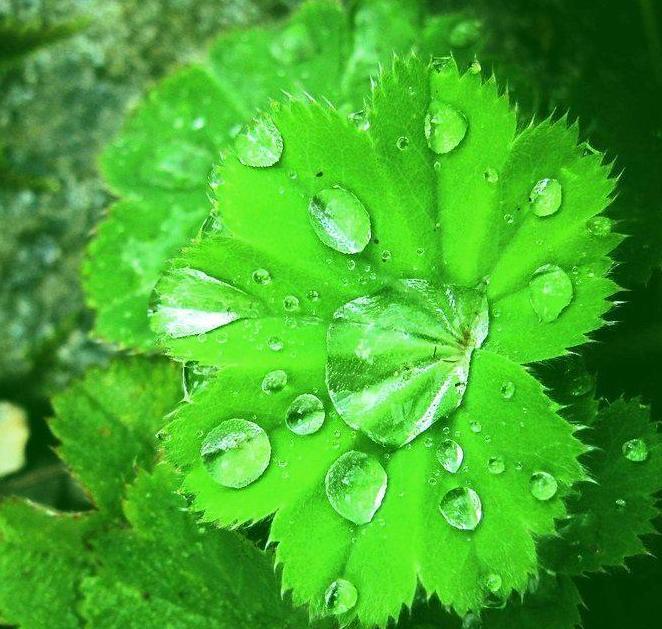Transpiration in plants

-By Alexandra Kremmyda
Aim: To explain plant transpiration
Age: 6-15
Complexity & duration: Low; 15-20 minutes
Location: Inside & outside
Cost: < £2
Materials & Equipment: The branch of a tree or a part of a plant with leaves at a sunny spot, a transparent/translucent plastic bag, a cord or bread ties
Procedure:
- First you need to find a plant with leaves that is going to be in the sunlight for the next hour
- You need to put the leaves of the tree/plant or the branch in the plastic bag and seal it with the cord or the tie so there is no outside air enters the bag. No need to cut the branch; just place the bag and seal with the cord around the branch or the pot the plant is in
- Now, all you need to do is just wait for 15-20 minutes and observe the surface of the bag.
Q. What did you observe?
Learning outcomes:
- This experiment gives a visual picture of how a plant breathes and explains what happens during transpiration, which is the movement of the water inside the plant and its loss from the leaves
A nice video showing this experiment and explaining transpiration can be viewed here:
Science fact: Plant leaves have some small pores (openings) in their surface called stomata. Stomata open when the plant need to take carbon dioxide from the air which is one of the essential elements needed for the photosynthesis (process of plant making its own food). Transpiration is useful for the movement of the water and other elements (micronutrients like minerals) from the roots to the shoots and also helps the plant to cool down.
Fact 1: Transpiration is very similar to what is happening with the humans when they sweat!
Fact 2: A fully grown tree can lose several gallons on a hot day.
Fact 3: 90% of the water entering the plant from the roots is used for transpiration.
RISK ASSESSMENT
Adult supervision is required for any experiment!
| Hazard | Likelihood and Seriousness of Injury | Control Measures | Remaining Risk |
| Tree/plant | Be careful when handling the plant to prevent any wounds or injuries from the branches of the tree or the leaves. | Clean the wound to avoid infection and place a bandage. In case of a bad scratch or injury seek medical help. | Low to high |
| Plastic bag | Be careful with the handling of the bag in terms of choking or suffocation. | In case of ingestion seek medical help. | Low to high |
| Cord, bread tie | Be careful with the handling of the cord in terms of choking or suffocation. | In case of ingestion seek medical help. | Low to high |
First Aid: In case of a minor wound just clean with water to remove dirt and prevent infection and cover it with a bandage. In case of injuries or ingestion seek medical help.
Remember - never do experiments alone!